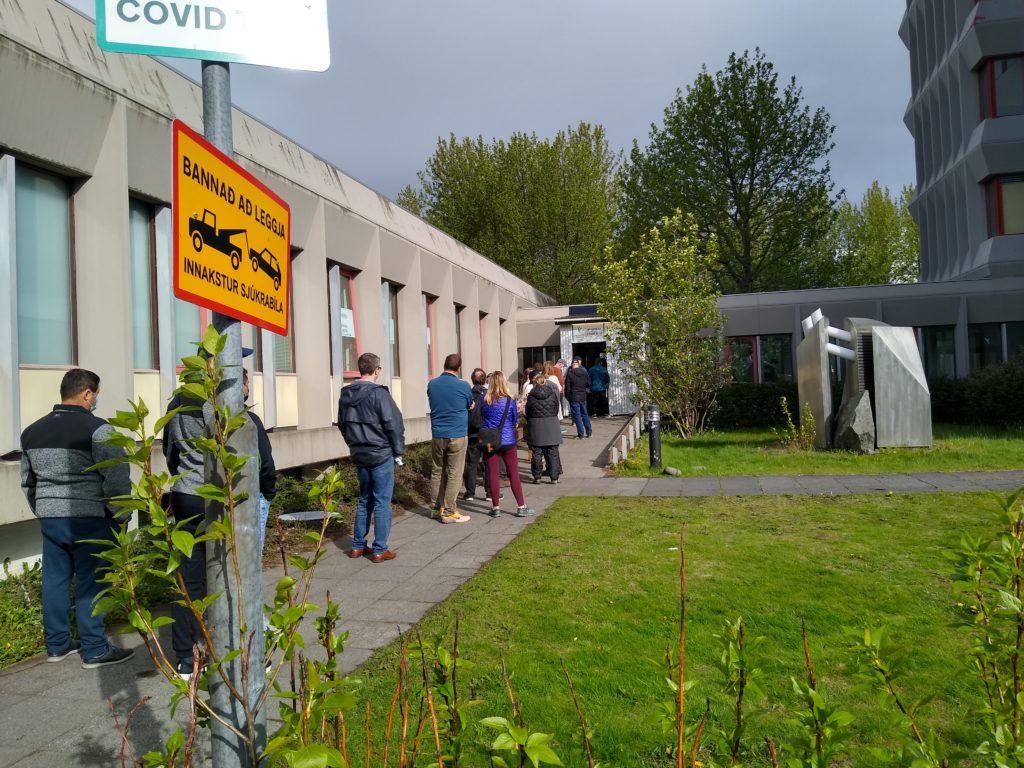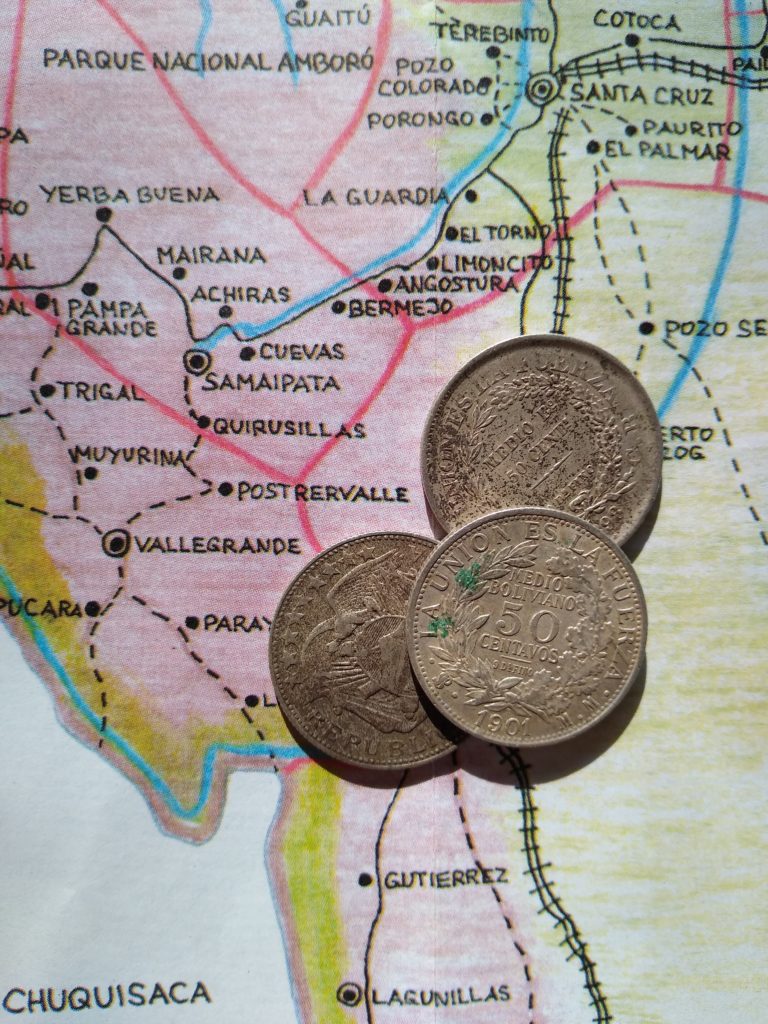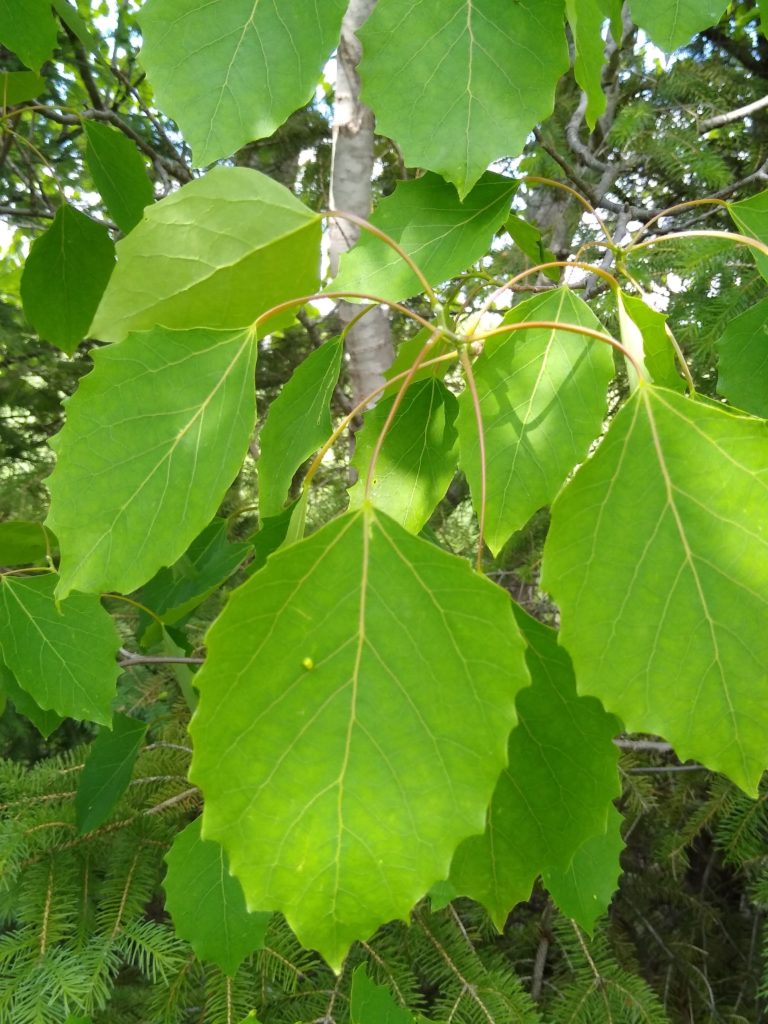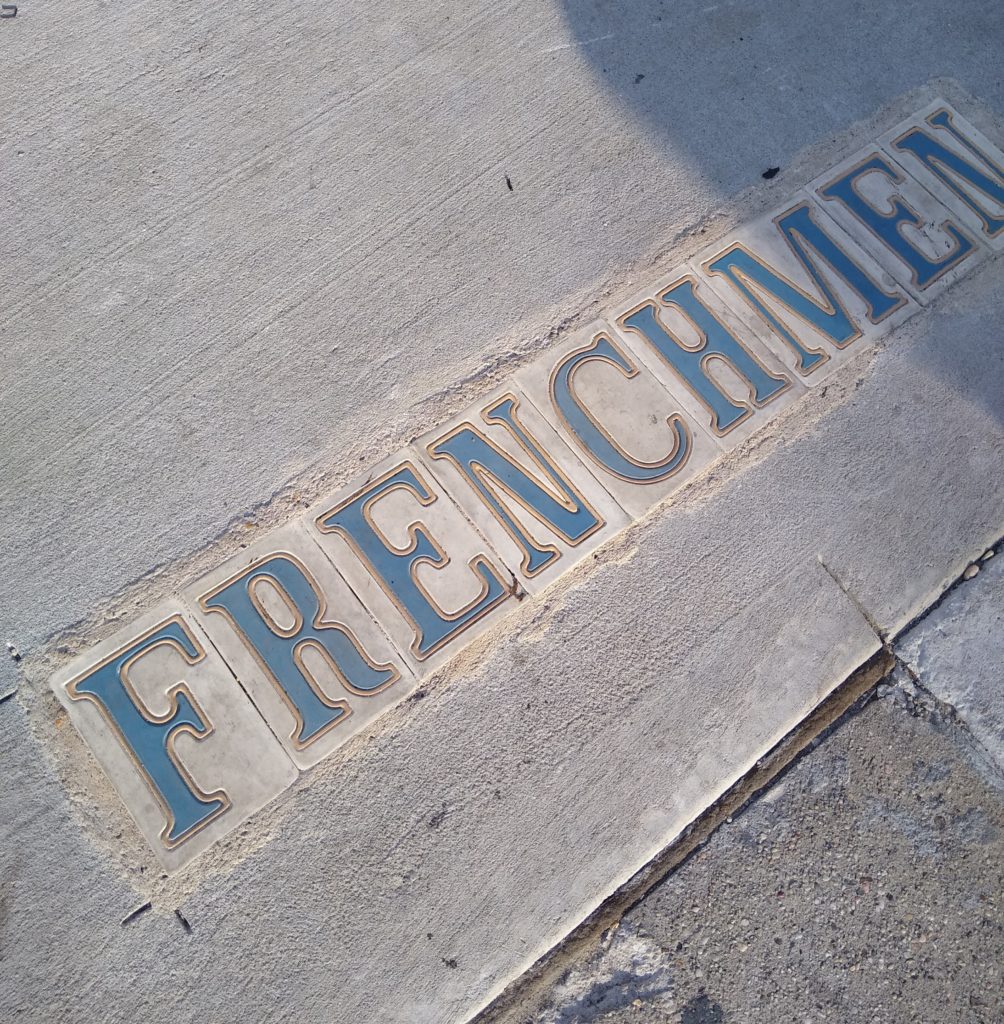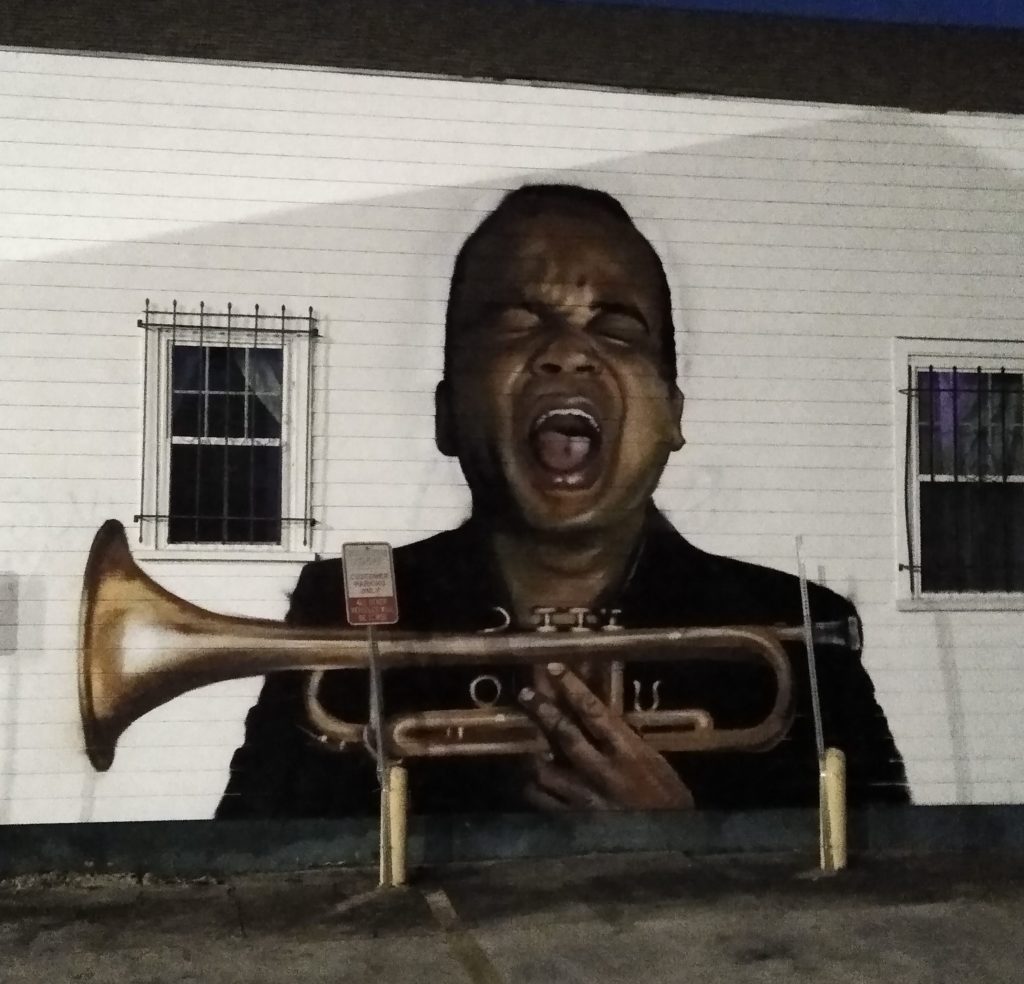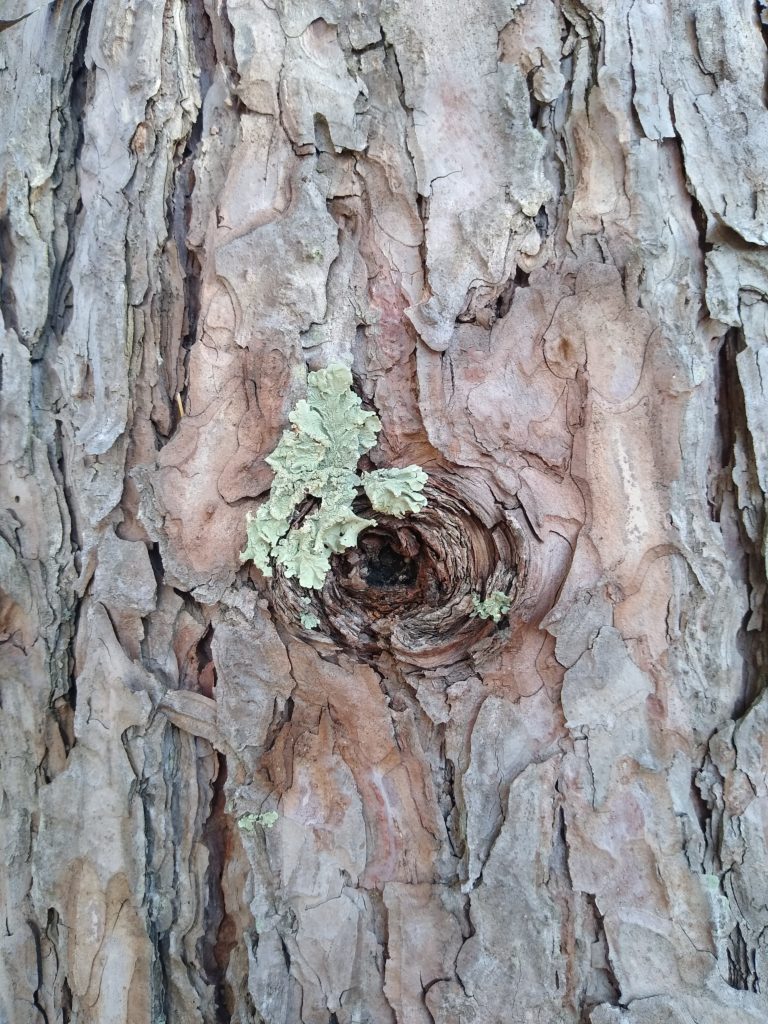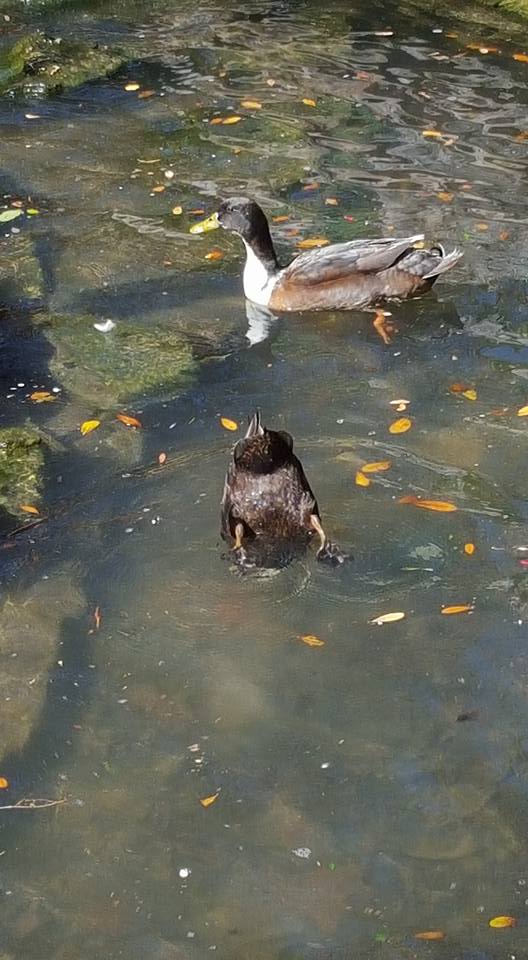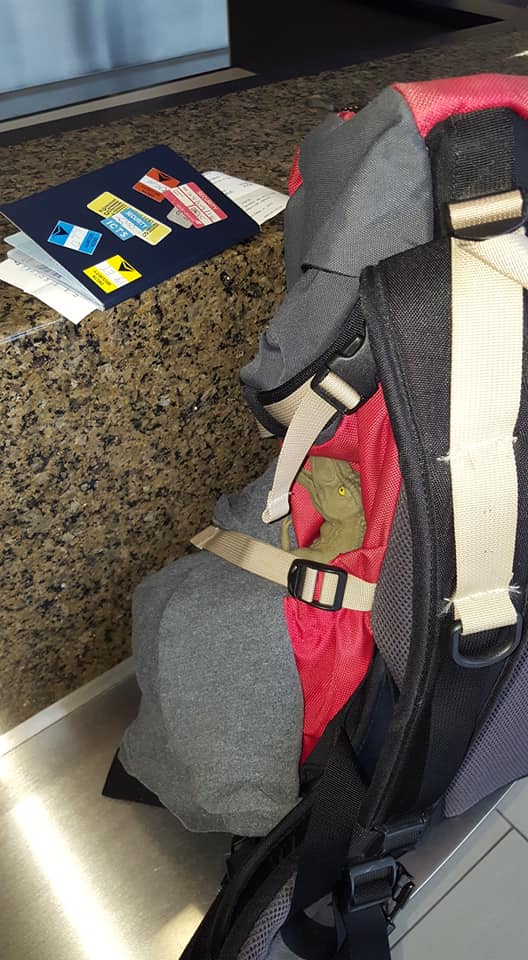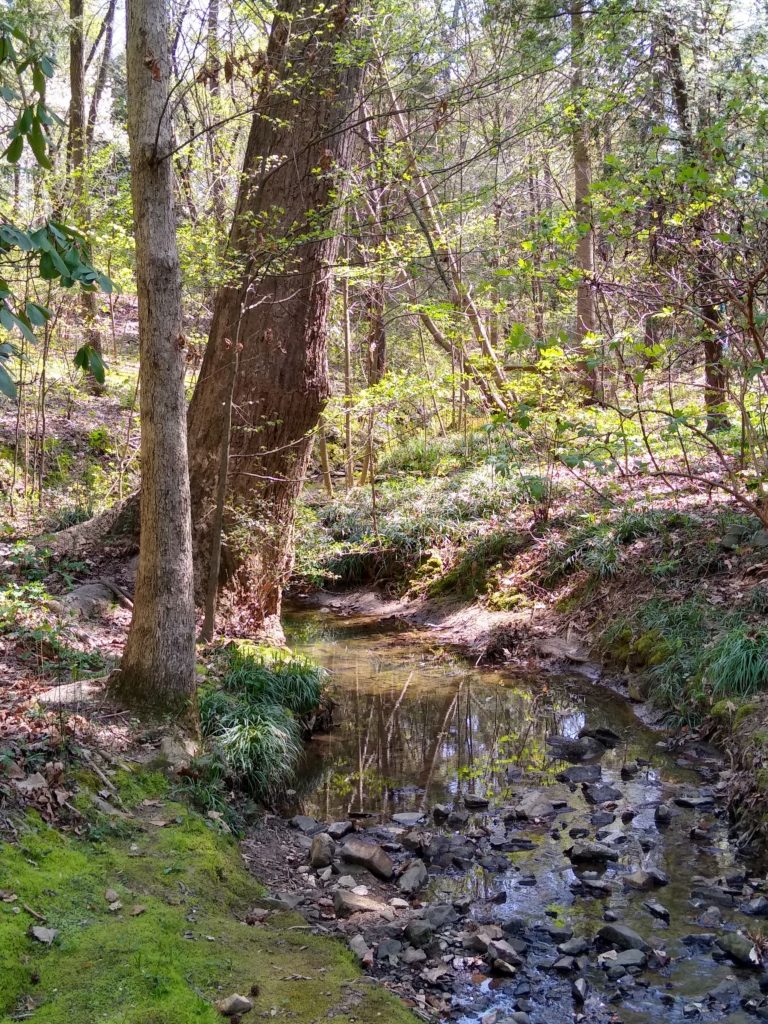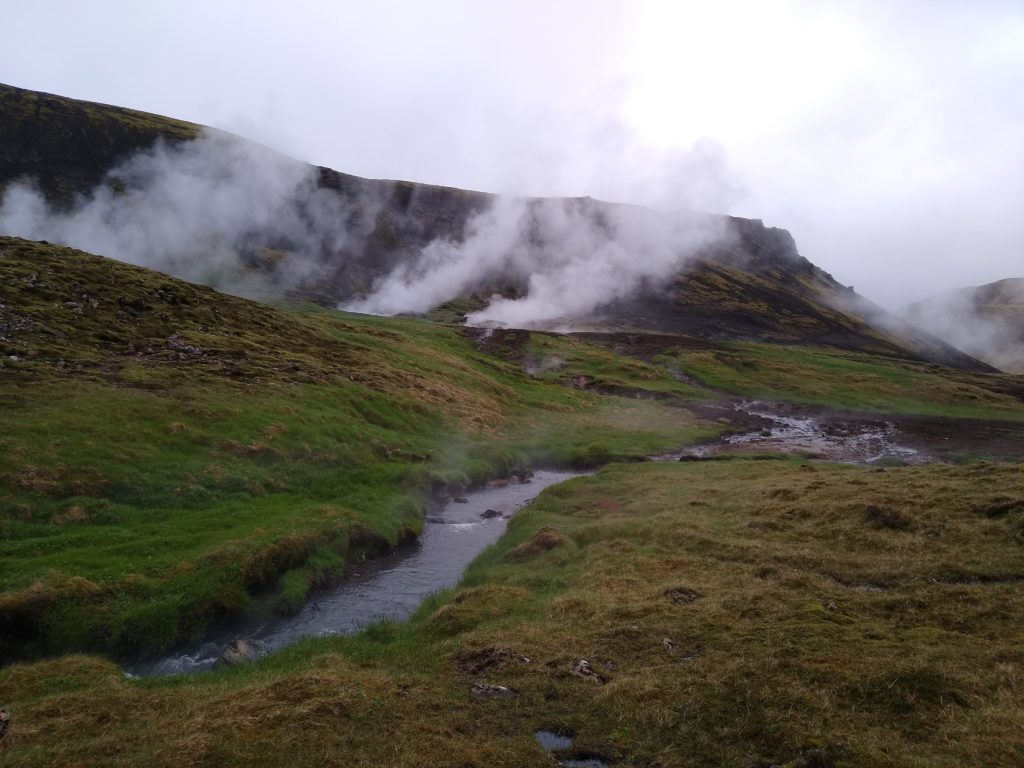
Travel Journal, 104
One sensation hit me unexpectedly when I stepped out of the airport in Keflavik, Iceland.
The smell.
And honestly it came as quite the shock that I still had a sense of smell after the nasal destruction that was Covid testing.
But there we stood, waiting for our rental car shuttle. I would say that I remembered my childhood home of Cody, Wyoming, but that’s not quite what I mean. When I caught the aroma of Iceland, I felt the feelings of being in Cody.
Not just any spot in Cody either; the smell transported me back to riding in a car on Southfork Rd. I would drive down the hill and turn right into Cody. But at the top of that hill, I would smell the same smell as I smelled here in Iceland. Directly below lay a small winding canyon. And in the bottom of that canyon lay the Shoshone River. And out of this river occasionally rose the steam of a hot springs.
I smelled the acidic hint of sulfur. I smelled it there in Cody as a young lad, but it never really phased me. All I knew was that it sometimes smelled like “rotten eggs.” Which, of course, is not entirely true. Sulfur from a hot spring will probably bot make you gag—actual rotten eggs on the other hand…
I smelled it there, and now I smelled it here. I was shocked at how prolific the scent was. It seemed to be everywhere; the gas stations, grocery store, bakery, and even our Airbnb. And juxtapose the cool, 50 degree slightly drizzly weather with the ever-present smell of a nearby hot spring, it made for quite the mystical atmosphere.
As I said, we stayed at an Airbnb. As the pleasant home owner showed us around the property, she made a motion to the sink faucet. In thick Icelandic accent (think Norway/Sweden/Germanic), she told us not to concern ourselves with the smell of the hot water. It smells like sulfur, she said. Of course, I thought everything had the smell of sulfur. But she continued and explained that the hot water comes from the, “mountain.”
“Mountain?” I asked. “Do you mean, like a hot spring?”
“Yes,” she agreed, “the hot water comes in pipes from the mountain.”
“Wait a minute,” tilting my head, “do you have a hot water heater?”
Blank look.
She repeated herself, “no, the hot water comes from the mountain.”
The house, indeed, had no hot water heater. A hot spring feeds a water plant at the foot of the nearby mountains. It is then piped in massive lines to the greater Reykjavik area, where it comes straight out of the tap near boiling. I turned the faucet on and waited for it to get as hot as it could. The steam billowed out of the tap!
One of the most iconic hot spring locations to visit in Iceland is The Blue Lagoon. What most people don’t realize is that The Blue Lagoon is not actually a naturally occurring hot spring lagoon area. Back in the late 70s, a geothermic power plant was founded in an ideal location near Keflavik and Reykjavik. Due to the high concentration of volcanoes in the area, geothermic energy accounts for nearly 90% of all building hot water and heat. The Svartsengi Power Station siphons hot water and steam from the bowels of the earth and produces clean energy for thousands of Icelanders. But the hot water runoff has to go someplace. What better thing to do with that already hot and highly mineralized water, than to create a spa where millions of tourists can bathe and spend their money? It might be your cup of tea, but I was looking for something a bit more, shall we say, natural?
But have no fear, Iceland literally sits on a pile of volcanoes. It takes little scouring to find a natural hot spring, or at least something less touristy. Just 40 minutes outside Reykjavik is the small town of Hveragerdi. The whole village lies in a field and valley of geothermic activity.
We drove our little car through the town and parked in a small dirt lot near a river. A trail would lead us to Reykjadalur hot spring; literally, smoke valley. And it wasn’t difficult to see how this place got its name. Steaming billows puffed from random spots in the fields and hills. A fireless grass fire roared all around us. The sign at the bottom of the hill declared the hike to the hot spring to be a 4 km trudge. But we were ready.
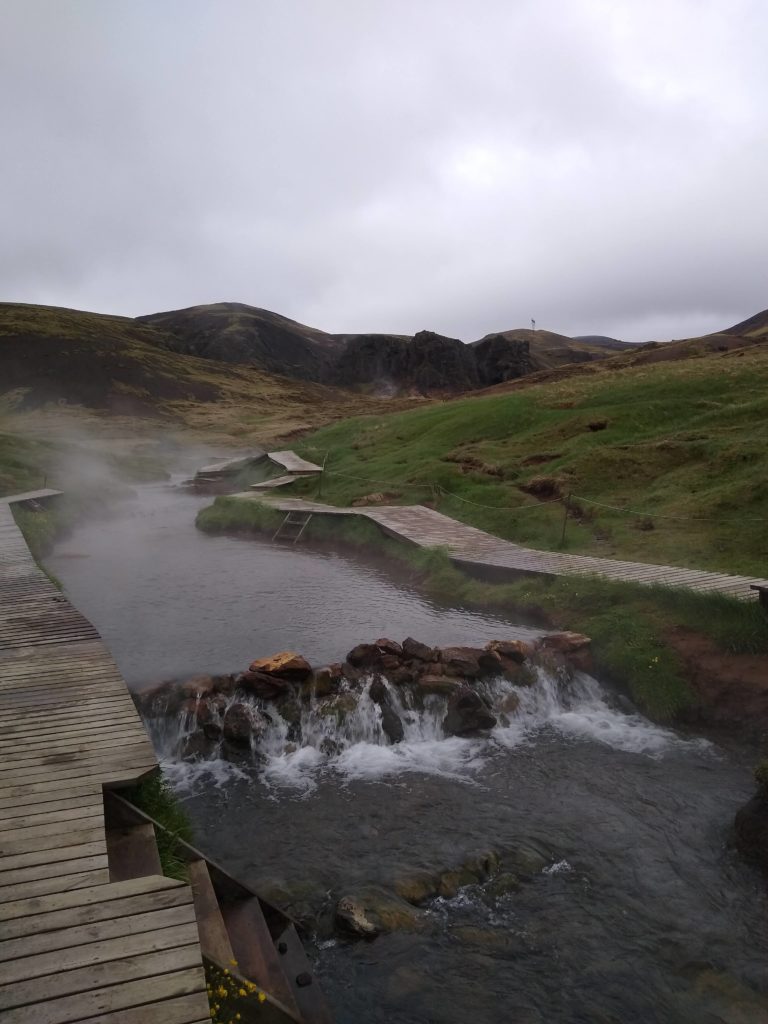
Though the hike was more than we bargained for, the scenery and end reward more than made up for it. Ethereal steam slowly sank upwards into the sky—a kind of slow-motion smoke show. Iceland has very little wildlife. Apart from a few birds, we saw very few creatures. This made our hike kind of haunting. No animals, steam rising all around us, and no other people around us made it feel a bit surreal.
The walking varied from very scenic, to barren like an Afghan desert. But soon, the trail slumped downhill and led us to a little valley where the steam got so thick it was palpable. A small river flowed through that little valley. Further ahead we saw that two rivers came together to form the one. The first river originated from high on the hill, where the water is so hot you can hardly manage to sit in it. The second river is much cooler.
These rivers converge and the temperature would make Goldilocks jealous. This is one of those spots I search for when traveling.
A “local” spot.
The fine folks of Hveragerdi keep the area very nice and have, over the years, added a boardwalk along portions of the deepest points of the river.
We wore our bathing suits under our clothes to makes things easy. The 48-degree F weather made the experience perfect. The water hugged us. This natural hot spring river constantly provides fresh water all around you. I wore a beanie cap and thoroughly enjoyed the soke. This was a “must-do” for me. I don’t give many travel tips. But I will say this: if you have a “must-do” during a trip, do not hesitate. Do that “must-do.”
The stream rose around us as I thought about the sulfur. I never really expected this place to smell, and even, somewhat look like parts of Cody, Wyoming. The unexpected occurrences teach me unexpected things. The strong smells of the earth’s breath made me feel connected to this place, as I am connected to Wyoming.
The minerals and sulfur may have smelled strong. But to me, it smelled like my old Home on the Range.
anthony forrest
More on Iceland:
Iceland: on Covid testing and travel in a post-pandemic world
